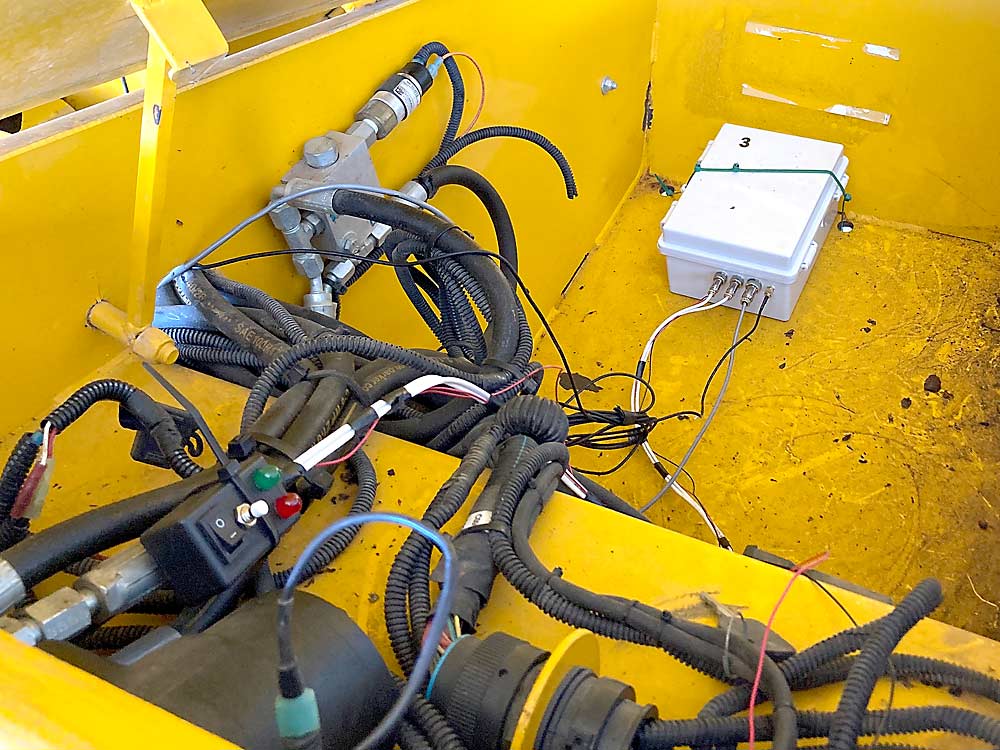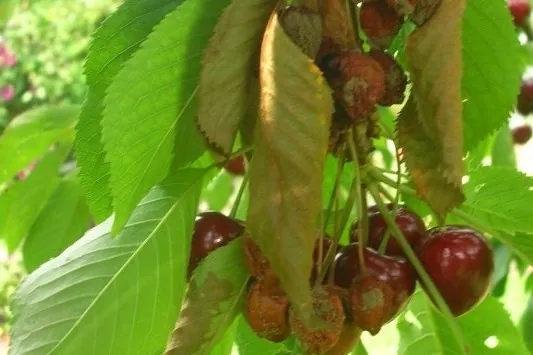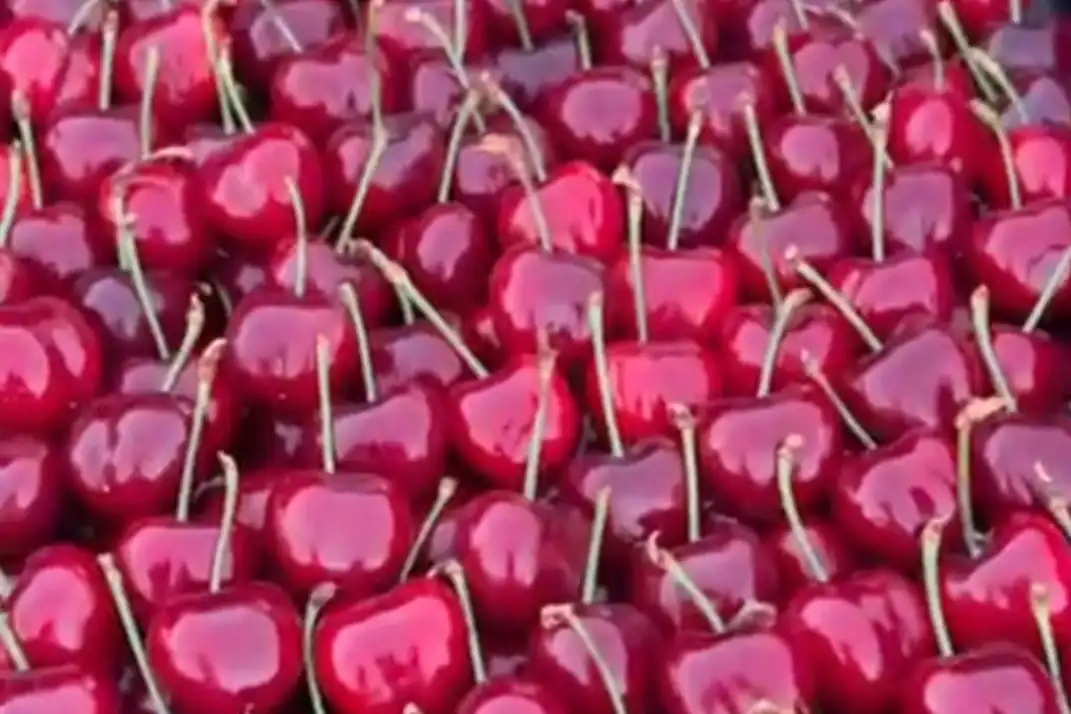Measuring yield variability in a block of cherries has never been an exact science. For some growers, it involves sending someone to count the number of bins and roughly measure the distance between them - assuming there is time to do this during a busy harvest and assuming the person doing it remembers to write everything down.
But with tart cherry growers struggling to make ends meet, consistently measuring yield variability in their orchard blocks could lead to greater efficiency.
A research group from Utah State University is experimenting with a more efficient way to monitor and document yields and their variability, using technology to automate the process and integrate it into the harvest routine.
“One of the ideas behind precision management is to understand the field variability,” said Brent Black, professor and fruit specialist at USU. “If one part of the field isn’t very productive, maybe you don’t plant trees there or manage them differently.”
Black is leading the effort to develop a cherry yield monitoring system, part of a four-year, $2 million research project funded by the USDA Specialty Crop Research Initiative to optimize cherry orchard management practices.
The system designed by the Utah State University team resembles yield monitors found on grain combines rather than camera-based vision technologies that count individual fruits in high-density apple orchards.
It consists of three parts placed in different positions on a mechanical receiver for harvesting (the half that collects the cherries, not the shaker): a proximity sensor, a GNSS antenna, and a plastic box containing a computer, explained Anderson Safre, the graduate student who designed the yield monitor.
The sensor, positioned near the bin loader, uses sonar (sound waves) to detect when a full bin is placed on the ground. The GNSS antenna marks the precise time and location, and the computer records the data. The fruit yield is calculated based on the distance between each bin.

The first version of the yield monitor consisted of a spring-loaded mechanical arm. However, the arm kept breaking, so Black tasked Safre with redesigning it. For the new version, which can be built for under $400 per unit, Safre used low-cost, off-the-shelf components.
Last year they tested the current design in Utah orchards and found that the monitors provided reliable measurements of yield variability. Farmer Marc Rowley, who participated in the testing, said he uses a similar yield monitoring technology on his grain and alfalfa harvesters. The information helps him refine his production decisions, which can only benefit his profits, he said.
The yield monitoring system must account for the quirks of the cherry harvesting process. Mechanical harvesters grasp a cherry tree by the trunk and shake it until the cherries fall. The fruits fall onto a canopy and are funneled into a water-filled bin.
According to USU researchers, any yield variability monitoring system must account for the distance between trees, the volume of cherries in the bin, and where the operator chose to drop the bin.
Read the full article: Good Fruit Grower
Images: Good Fruit Grower
Cherry Times - All rights reserved













